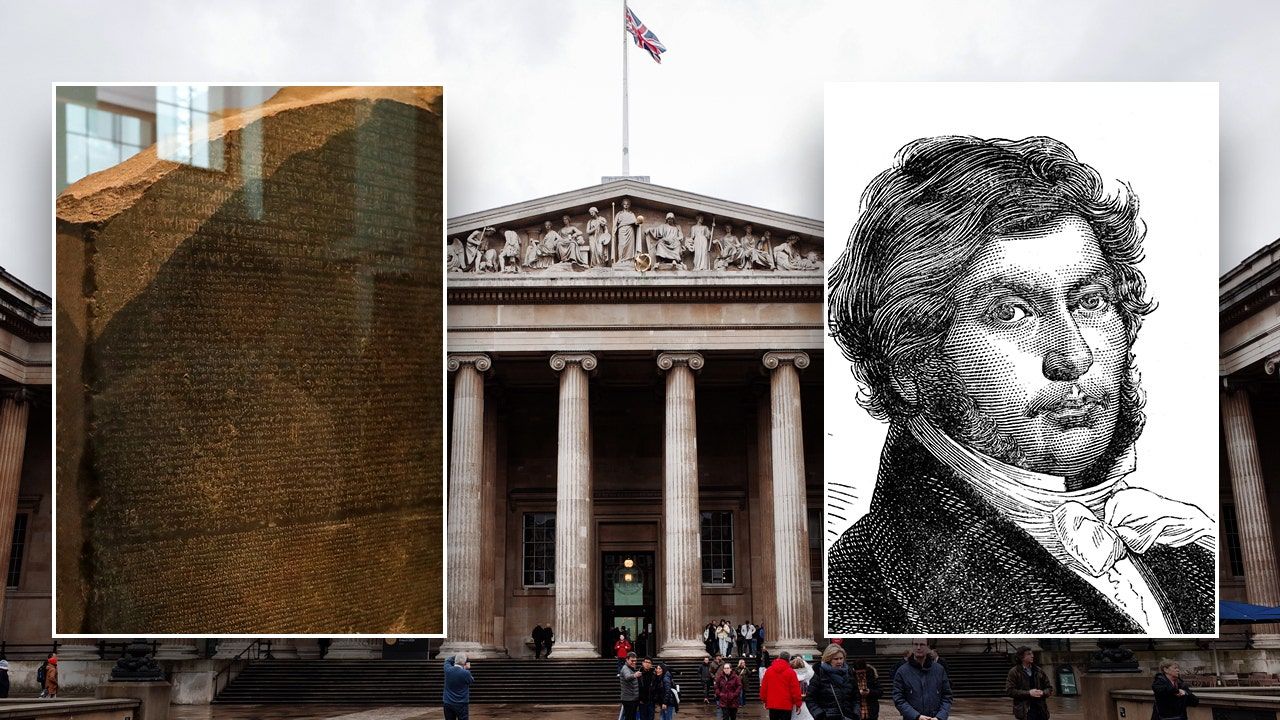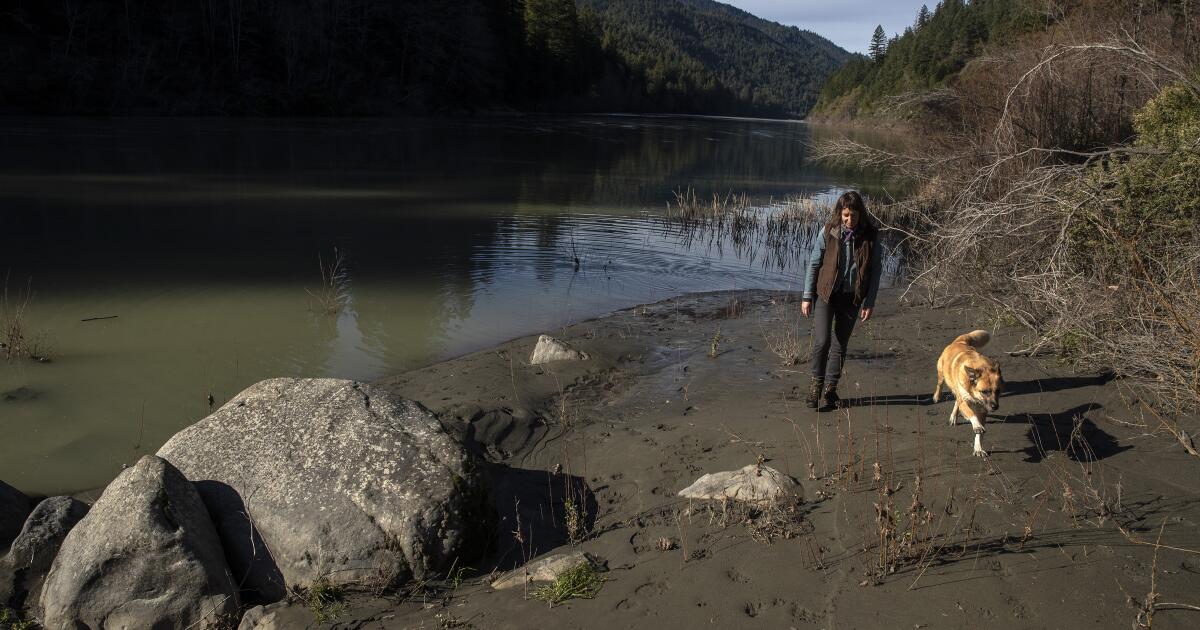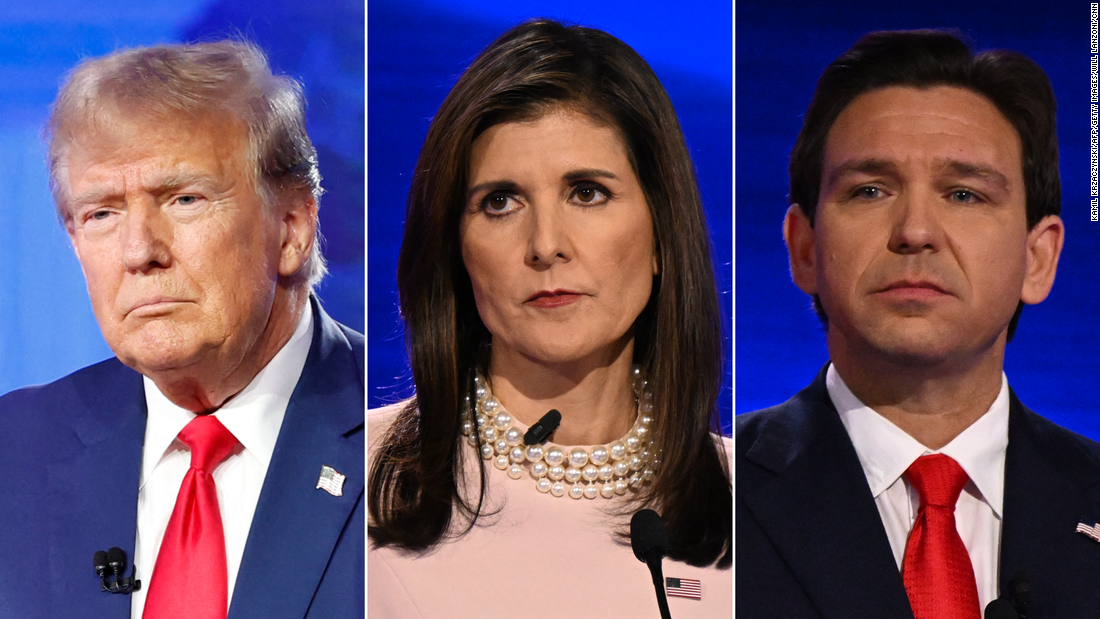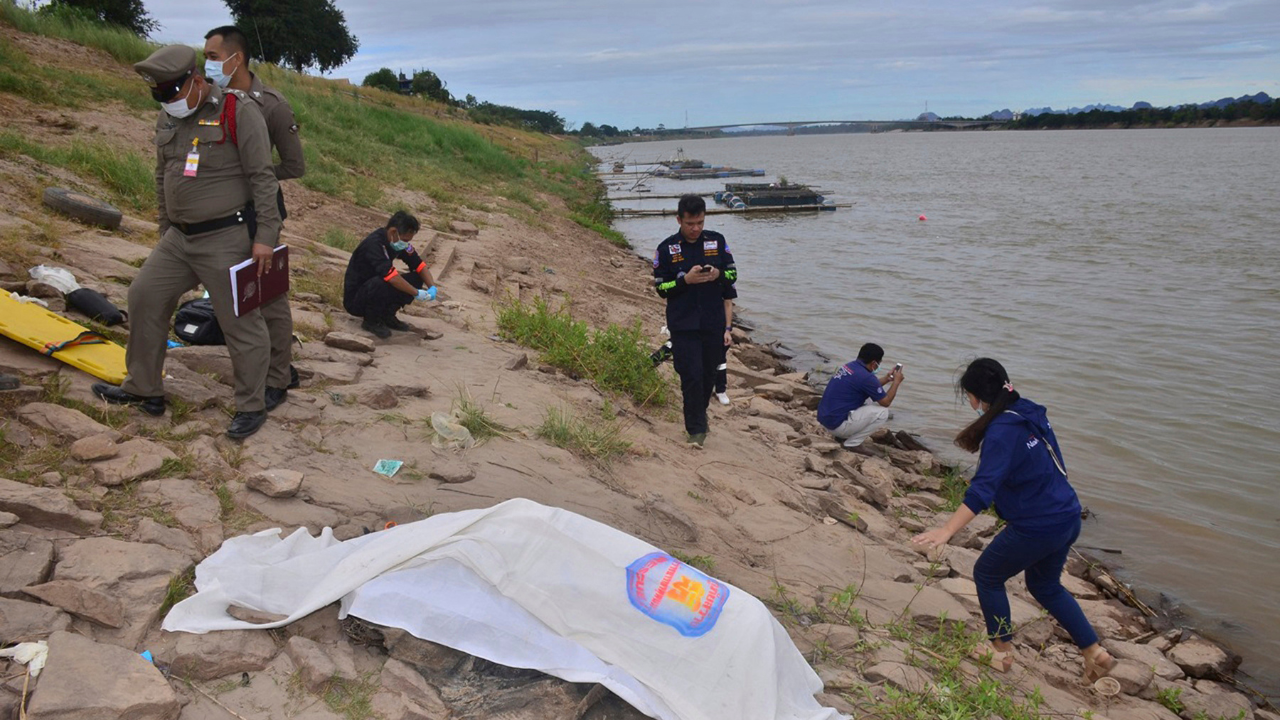The Rosetta Stone was vital to understanding the hieroglyphic writing system, which spent years as a forgotten writing system.
After the stone was first discovered, it took many years until it was deciphered.
It currently belongs to the British Museum in London, England, where it has been since 1802, being briefly moved during the First World War for safekeeping.
The Rosetta Stone enabled researchers to decipher hieroglyphics. Jean-François Champollion announced that he had deciphered the message in 1822. (Han Yan/Xinhua via Getty Images I David Cliff/SOPA Images/LightRocket via Getty Images I Ann Ronan Pictures/Print Collector/Getty Images)
THE GREAT BASIN BLACK PINE, ALMOST 5,000 YEARS OLD, IS THE OLDEST TREE IN THE WORLD
- Who discovered the Rosetta Stone?
- What is the Rosetta Stone and why is it important?
- What is the real message of the Rosetta Stone?
1. Who discovered the Rosetta Stone?
The Rosetta Stone was discovered in 1799 by Napoleon Bonaparte's soldiers while he was on campaign in Egypt, according to the British Museum.
The stone was found embedded in an ancient wall near the town of Rashid (Rosetta).
When the British defeated the French, the ancient stone passed into British hands in 1801, according to History.com.

The Rosetta Stone was first discovered in 1799. (AMIR MAKAR/AFP via Getty Images)
WHO IS BANKSY? THE ENGLAND STREET ARTIST IS KNOWN FOR HIS WORK, BUT HIS IDENTITY IS A MYSTERY
The Rosetta Stone has remained in British possession ever since.
2. What is the Rosetta Stone and why is it important?
The Rosetta Stone is a broken piece of a larger stone slab. It measures 44 inches tall and 30 inches wide, according to History.com.
The Rosetta Stone is inscribed with the same text in different scripts: demotic, hieroglyphic and Greek.
The stone is important because it played a vital role in helping scholars decipher Egyptian hieroglyphics.
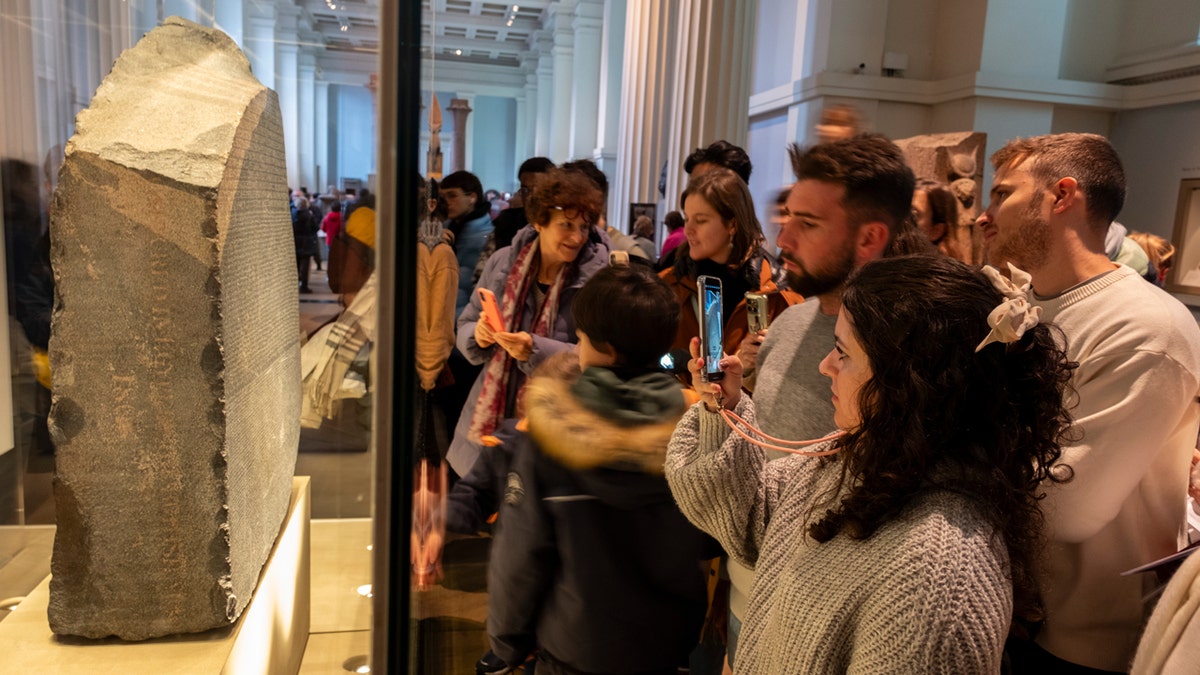
The Rosetta Stone is currently housed in the British Museum in London, England. (Mike Kemp/In Images via Getty Images)
AL-QARAWIYYIN UNIVERSITY IN MOROCCO HOLDS THE GUINNESS WORLD RECORD FOR BEING THE OLDEST HIGHER EDUCATION INSTITUTION
After the 4th century AD, the writing system fell out of use and was forgotten for many years until it was understood with the decipherment of the message inscribed on the ancient artifact.
3. What is the real message of the Rosetta Stone?
Deciphering the message of the Rosetta Stone was a combined effort of several scholars over many years.
The first to make major advances in decoding the Rosetta Stone was an English physicist named Thomas Young.
In 1814, Young determined that hieroglyphs enclosed in ovals, called cartouches, were real names, according to History.com.
French scholar Jean-François Champollion, building on Young's work, announced in 1822 that he had successfully deciphered the message.
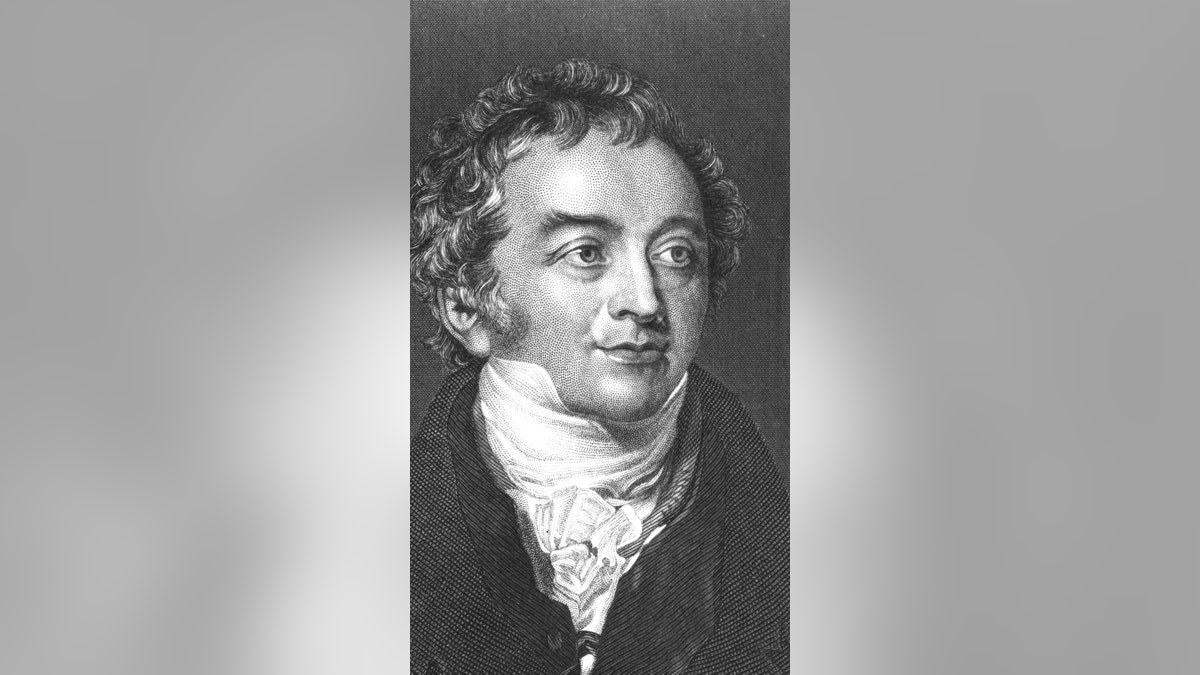
Thomas Young played a vital role in the deciphering of the Rosetta Stone. (Oxford Science Archive/Print Collector/Getty Images)
CLICK HERE TO GET THE FOX NEWS APP
According to the British Museum, the message inscribed on the stone is a decree concerning Ptolemy V Epiphanes, king of the Ptolemaic dynasty of Ancient Egypt. It was issued by a council of priests and said that “the priests of a temple in Memphis supported the king,” according to the museum.
The decree on the stone dates back to 196 B.C., according to Britannica, and details many of his accomplishments, including tax cuts and restoring peace to Egypt, the source said.

